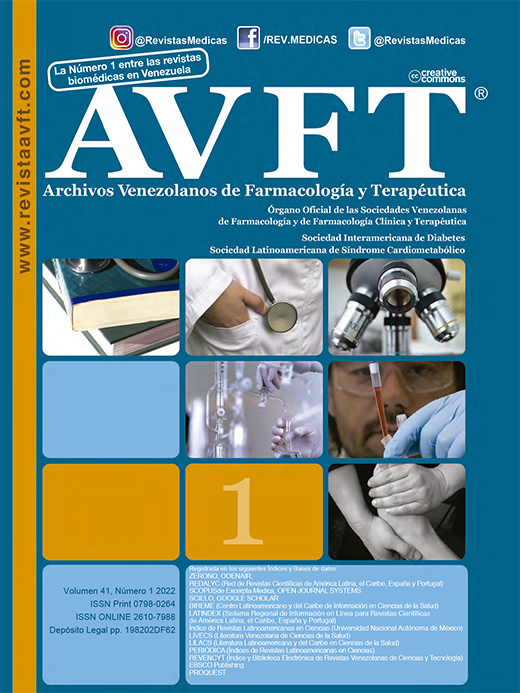Covid-19 epidemiology in pediatric patients from Ecuador
Keywords:
COVID-19, pediatrics, diagnosis, epidemiologyAbstract
COVID-19 is an infectious disease caused by the SARS-CoV-2 virus that was first identified in December 2019 in the city of Wuhan, Hubei province in the People's Republic of China, the virus is transmitted from one person to another in the respiratory secretions that are dispersed when the infected person coughs, speaks or sneezes. With 10.93 deaths per million people from coronavirus as of April 6, 2020, Ecuador has one of the highest mortality rates from COVID-19 in Latin America, with only 7.46 Polymerase Chain Reaction tests. (RT-PCR) per 10,000 people. Pediatric cases were rare in the first days of the COVID-19 outbreak, but with the appearance of family aggregation, they began to appear, registering the first cases on March 27th. The pediatric group is always susceptible to upper respiratory tract infections because their immune system is developing. This report describes the epidemiological situation of pediatric patients in Ecuador, where it was shown that adolescents aged 15 to 18 years were more susceptible to contracting COVID-19 and the group with the highest mortality was from 0 to 9 years old, it was also shown that of the total diagnostic tests performed, 63.6% were RT-PCR tests and 36.3% were rapid tests.
Downloads
References
Torres I, Sacoto F. Localising an asset-based COVID-19 response in Ecuador. Lancet. 2020;395(10233):1339.
Yasri S, Wiwanitkit V. Clinical features in pediatric COVID-19. Pediatric Pulmonology. 2020;55(5):1097.
Johns Hopkins University. Coronavirus Resource Center. Disponible: https://coronavirus.jhu.edu/map.html Acceso: 20/01/2022.
Xia W, Shao J, Guo Y, Peng X, Li Z, Hu D. Clinical and CT features in pediatric patients with COVID-19 infection: Different points from adults. Pediatric Pulmonology. 2020;55(5):1169–74.
Garazzino S, Montagnani C, Donà D, et al. Multicentre Italian study of SARS-CoV-2 infection in children and adolescents, preliminary data as at 10 April 2020. Euro Surveill. 2020; 25(18): 2000600.
Servicio Nacional de Gestión de Riesgos y Emergencias. Informes de Situación (SITREP) e Infografías – COVID 19. Disponible: https://www.gestionderiesgos.gob.ec/informes-de-situacion-covid-19-desde-el-13-de-marzo-del-2020/. Acceso: 20/01/2022.
Ortiz-prado E, Simbaña-rivera K, Diaz AM, Barreto A, Moyano C, Arcos V, et al. Epidemiological, socio-demographic and clinical features of the early phase of the COVID-19 epidemic in Ecuador. PLoS Negl Trop Dis. 2021;15(1):e0008958.
Sun D, Li H, Lu XX, Xiao H, Ren J, Zhang FR, et al. Clinical features of severe pediatric patients with coronavirus disease 2019 in Wuhan: a single center’s observational study. World J Pediatric. 2020;16(3):251–9.
Navarro JC, Arrivillaga-Henríquez J, Salazar-Loor J, Rodriguez-Morales AJ. COVID-19 and dengue, co-epidemics in Ecuador and other countries in Latin America: Pushing strained health care systems over the edge. Travel Med Infect Dis. 2020;37:101656.
Bravo-Acosta M, Vélez-Solorzano P, Martínez- Méndez D. Clinical characteristics of Covid-19 cases in Guayaquil, Ecuador. J Hum Virol Retrovirology. 2020;8(2):50–54.
Downloads
Published
How to Cite
Issue
Section
License
Copyright (c) 2023 AVFT – Archivos Venezolanos de Farmacología y Terapéutica

This work is licensed under a Creative Commons Attribution-NonCommercial-NoDerivatives 4.0 International License.




